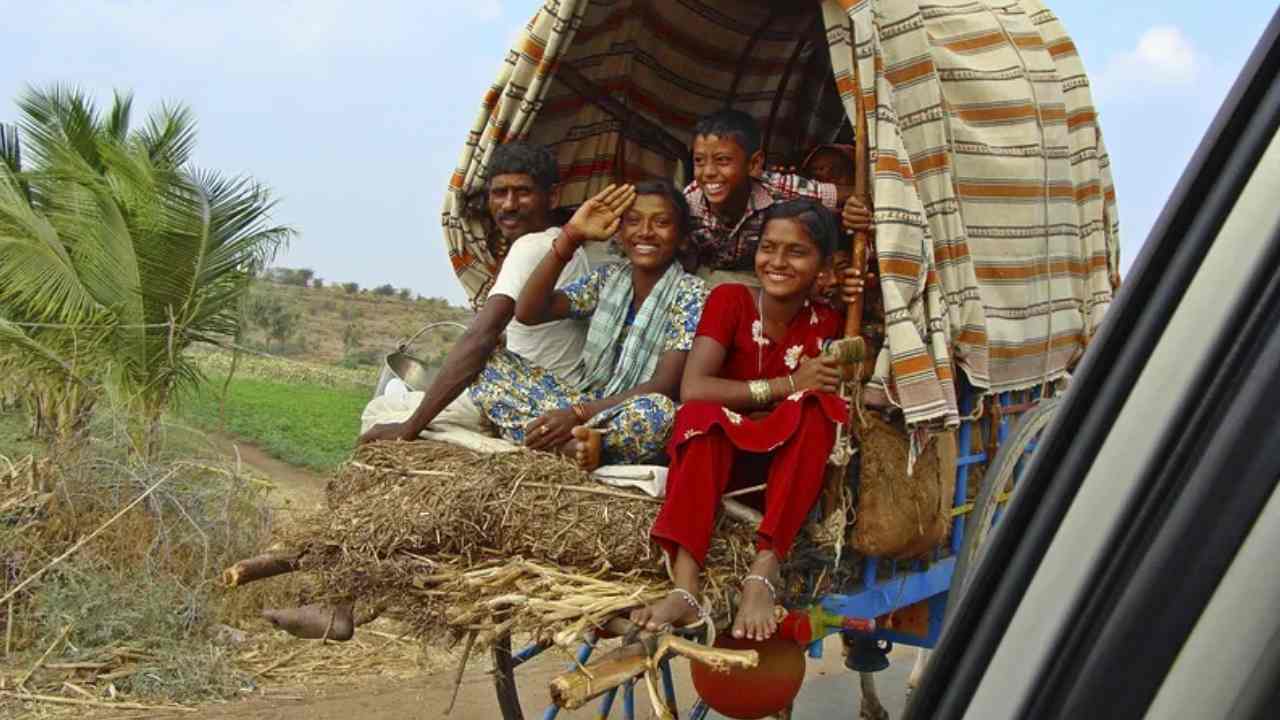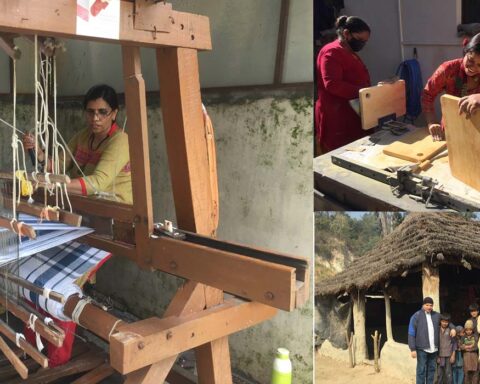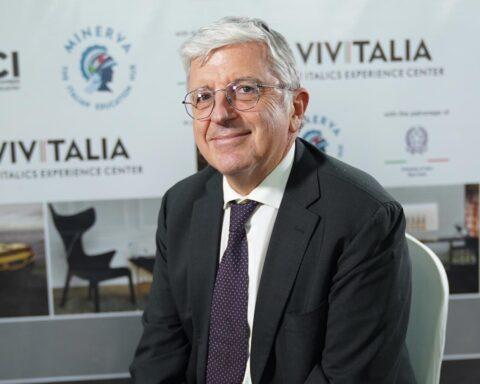India ranks 132 out of 191 countries and territories on the 2021/22 Human Development Index, tracking the global decline in human development, UNDP has said in its latest report.
Ninety percent of countries have registered a reduction in their Human Development Index (HDI) value in 2020 or 2021, reversing much of the progress toward the Sustainable Development Goals, it said.
Human Development – a measure of a nation’s health, education, and average income – has declined for two years in a row – 2020 and 2021, reversing five years of progress. This is in line with the global decline, indicating that human development across the world has stalled for the first time in 32 years.
A large contributor to the Human Development Index’s recent decline is a global drop in life expectancy, down from 72.8 years in 2019 to 71.4 years in 2021.
The last two years have had a devastating impact on billions of people worldwide when crises like COVID-19 and the war in Ukraine hit back-to-back and interacted with sweeping social and economic shifts and dangerous planetary changes.
The latest Human Development Report – Uncertain Times, Unsettled Lives: Shaping our Future in a Transforming World – launched by UNDP – argues that layers of uncertainty are stacking up and interacting to unsettle life in unprecedented ways.
“The world is scrambling to respond to back-to-back crises. We have seen with the cost of living and energy crises that, while it is tempting to focus on quick fixes like subsidizing fossil fuels, immediate relief tactics are delaying the long-term systemic changes we must make,” says Achim Steiner, Administrator, UNDP.
“We are collectively paralyzed in making these changes. In a world defined by uncertainty, we need a renewed sense of global solidarity to tackle our interconnected, common challenges.”
These intersecting crises have impacted India’s development trajectory just as they have in much of the world. India’s HDI value of 0.633 places the country in the medium human development category, lower than its value of 0.645 in the 2020 report.
HDI measures progress on three key dimensions of human development – a long and healthy life, access to education, and a decent standard of living. It is calculated using 4 indicators – life expectancy at birth, mean years of schooling, expected years of schooling, and the Gross National Income (GNI) per capita.
Like global trends, in India’s case, the drop in HDI from 0.645 in 2019 to 0.633 in 2021 can be attributed to falling life expectancy – 69.7 to 67.2 years. India’s expected years of schooling stand at 11.9 years, and the mean years of schooling are at 6.7 years. The GNI per capita level is $6,590.
“The Human Development Report shows that progress globally is in reverse. India’s decline in human development mirrors this trend – impacted by intersecting crises. But there is good news. Compared to 2019, the impact of inequality on human development is lower. India is bridging the human development gap between men and women faster than the world. This development has come at a smaller cost to the environment. India’s growth story reflects the country’s investments in inclusive growth, social protection, gender-responsive policies, and push towards renewables to ensure no one is left behind,” says Shoko Noda, UNDP Resident Representative in India.
While some countries are beginning to get back on their feet, recovery is uneven and partial, further widening inequalities in human development. Despite a significant economic recovery in 2021, the health crisis intensified, with two-thirds of countries recording even further reductions in life expectancy at birth.
Incidentally, India’s HDI value continues to exceed South Asia’s average human development.
India’s HDI value has been steadily catching up to the world average since 1990 – indicating a faster than the global rate of progress in human development. This is a result of policy choices made by the country over time, including investments made in health and education.
India has also boosted access to social protection for vulnerable sections of society, especially during and after the pandemic, with a 9.8 percent increase in the budgetary allocation to the Social Services sector in 2021-22 over 2020-21.
India’s international contributions to sustainable development continue to grow.
A leader of the International Solar Alliance and the Coalition for Disaster-Resilient Infrastructure, India is a champion of South-South cooperation and emerged as a major global supplier of COVID-19 vaccines and medicines. India’s climate leadership is demonstrated by its ambitious targets and commitment to net zero by 2070.
The world’s largest democracy is also fast-tracking the implementation and monitoring of the SDGs at the national and sub-national levels to meet the ambitious goals.

























